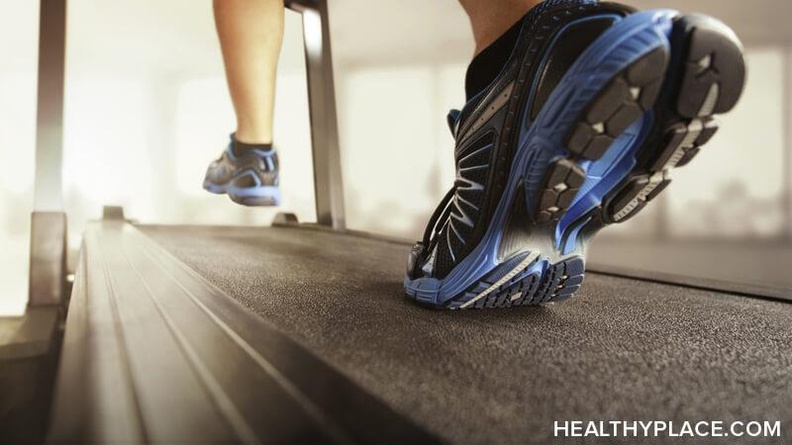The Benefits of Exercise for PTSD Recovery

Most people know that working out can benefit physical health, but did you know that regular exercise can improve mental health as well? Exercise has been shown to significantly reduce posttraumatic stress disorder (PTSD) symptoms, improve sleep quality, and improve depression in people with PTSD1.
I started working out about two years ago, and my PTSD has never been more manageable. Exercise hasn't made my PTSD go away, but it has helped me better tolerate my PTSD symptoms.
Why Exercise and PTSD Recovery Go Hand-in-Hand
I am not an athletic trainer. When it comes to working out, I know just as much as any other ordinary person. But understanding how exercise and PTSD collide isn't difficult to understand when you live with the disorder.
Many of the symptoms of PTSD are already treated with exercise. People suffering from anxiety disorders or depression, for example, use exercise as a way to cope. People with anger issues use exercise as a way to vent their rage. People with insomnia use exercise to help obtain better sleep. Because people with PTSD experience all of these symptoms, it's reasonable to conclude that exercise would reduce the suffering of those with PTSD as well.
Exercise is also a great way to calm your body down. After a good workout, I feel exhausted--in a good way. My whole body feels relaxed. Because PTSD causes hypervigilance, it's very difficult for me to feel that way normally. By getting my heart rate up for a few minutes every day, I'm able to spend more time relaxing and less time being hypervigilant.
Finding the Right Type of Exercise for PTSD
Working out should never be about the number of calories burned, the amount of steps taken, or what your neighbor down the road swears is the "right" way to exercise. Exercising for PTSD relief is about you and you only. It's important to find a type of exercise you enjoy.
Learning to love exercising is a journey. Working out can be fun, but it can also be unpleasant at times. Choosing a type of exercise that you find enjoyable will go a long way in ensuring you stick to your exercise routine.
Luckily, exercise goes so far beyond just running. Exercise can be anything that gets your heart rate up, including hiking, dancing, kickboxing, yoga, pilates, swimming, rock climbing, and more. If you have physical limitations that prevent you from doing high impact exercises, there are plenty of low impact exercises you can choose from as well.
Working out won't cure your PTSD, but it can be a valuable tool in your PTSD management.
How is exercising helping your PTSD? (Or is it not helping?) Share your thoughts in the comments.
Sources:
- Rosenbaum, S., Sherrington, C., and Tiedemann, A., "Exercise Augmentation Compared with Usual Care for Post-Traumatic Stress Disorder: A Randomized Controlled Trial." Acta Psychiatrica Scandinavica, May 2015.
APA Reference
Avery, B.
(2020, May 11). The Benefits of Exercise for PTSD Recovery, HealthyPlace. Retrieved
on 2025, October 29 from https://www.healthyplace.com/blogs/traumaptsdblog/ptsd-recovery-tips-trauma-ptsd/2020/5/the-benefits-of-exercise-for-ptsd-recovery